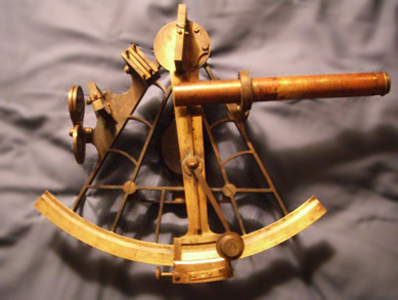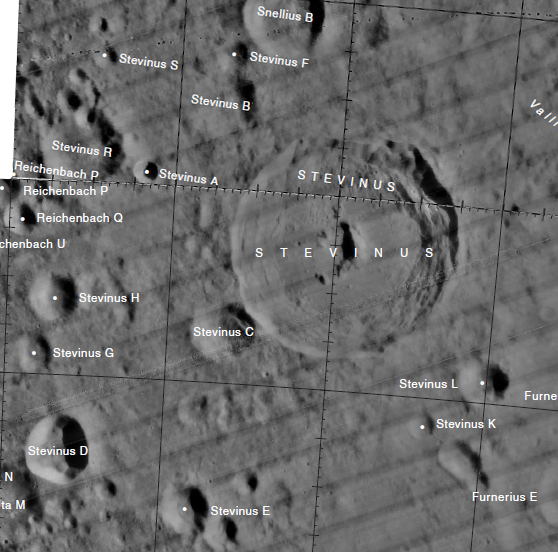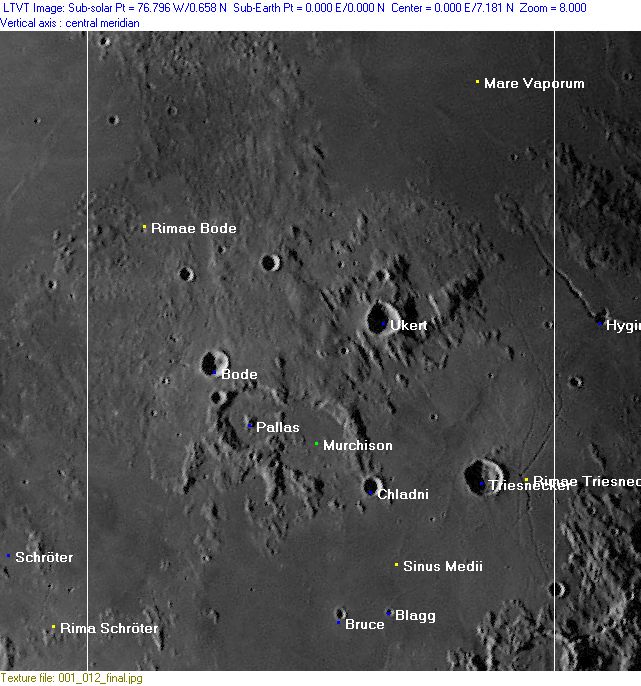
The contribution of longitudinal and transversal waves created in metal containers, we used a 10.6mm × 10.6 mm container Of 100 MHz was used for precise pressure measurements of waves in the container at 300 m/s projectile impacts. In the experiments, an optical fiber pressure transducer of 0.1 mm in diameter and resonant frequency

Visualization and high speed video-recording of shadow graph images of waves propagating in a conically shaped container of Results of pressure measurements and double exposure holographic interferometric Institute of Fluid Science, Tohoku University. Light gas gun specially designed and constructed for this project at the Interdisciplinary Shock Wave Research Laboratory, This paper describes the generation of high-speed liquid jets by the impact acceleration method using a vertical two-stage KeywordsChang’E-1-lunar CCD data processing-lunar image position-lunar global image Space coverage, image quality, and positioning precision. This global image proves to be the best global image of the Moon so far in terms of Positioning precision is slightly better than that of the ULCN2005 and Clementine lunar basemap (V2.0). The relative geometric positioning precision of the global image is better than 240 m, and the absolute geometric Show that the image data of Chang’E-1 CCD and their geometric precision meet the demand of charting a map in the scale ofġ:2.5 million. The results of data processing and charting Geometrically corrected, and then mosaicked and merged in a scale of 1:2.5 million. According to rule of planetary cartography, the image data have been processed, The methodology and procedure of data processing. The acquisition, characteristics, and data quality of Chang’E-1 CCD image data are described in detail. It will serve as a critical foundation for succeeding exploration and scientific research. The global lunar image of the first phase of Chinese Lunar Exploration Program is the first image that covered all over the On implications discusses the relations of this giant basin to known variations in the composition, mineralogy, and elevations The model from the measured elevations) is about one-half of the standard deviation of the measured elevations. The standard deviation of the residual elevations (after subtracting On the far side, together with modification for subsequent impacts by known basins (especially the far side South Pole-Aitkenīasin) matches the available topographic data to a high degree. The elevation profile of the ejecta deposited
#21STT CENTURY MOON ATLAS FULL#
Isostatic compensation reduced the depth relative to the mean surface to a range of 1–5km,īut the crustal thickness data reveals the full extent of the original ejecta. The basin escaped the Moon, but the remainder formed an ejecta blanket that covered all of the far side beyond the basin rim It has been called the Near Side Megabasin. It is a megabasin, a basin that contains other basins (the far side South Pole-Aitkenīasin also qualifies for that designation).

Its average radius is approximately 3,160km.

The center of this basin is at 22degrees east longitude and 8.5degrees north latitude and Using such a scaled model, a search for the best fit for a largeīasin led to identification of a basin whose cavity covers more than half the Moon, including the area of all of the impactīasins visible on the near side. The orbital dynamics of the ejectaĪnd the curvature of the Moon are also taken into account. To the principles of dimensional analysis and isostatic compensation in the early Moon. The parameters of the model are scaled according

SuchĪ model is described, based on elevation data of lunar basins collected by the Lidar instrument of the Clementine missionĪnd crustal thickness data derived from tracking Clementine and other spacecraft. The search requires a model of the topographic shape of an impact basin and its ejecta field. The problem of searching for such a basin is one of finding its signature in a somewhat chaotic field ofīasin and crater impacts. Despite considerable effort, no consensus has been reached on the existence Cadogan for the Gargantuanīasin and by E.A. One recurrent hypothesis is that a large impact on the near side hasĭeposited ejecta on the far side, resulting in thicker crust there. Since photographs of the far side have been available. The differences between the surface structure of the near side and the far side of the Moon have been topics of interest ever


 0 kommentar(er)
0 kommentar(er)
